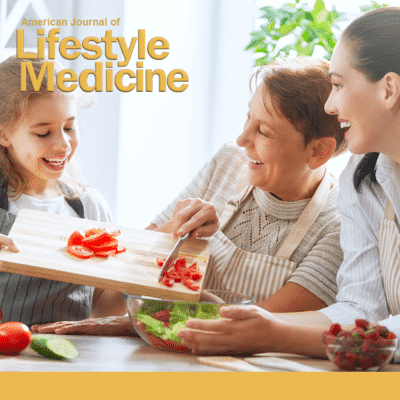Learning Objectives:
- Define the criteria for type 2 diabetes (T2D) remission
- Describe key dietary intervention features to induce T2D remission
- Identify weight loss targets to use in helping patients achieve T2D remission
- Identify appropriate labs to gauge the likelihood of T2D remission
“The engagement, endorsement and support of multiple stakeholder groups and individuals on these expert consensus statements demonstrate the value and applicability of the therapeutic use of whole food, plant predominant dietary interventions for remission of Type 2 diabetes.”
Dietary Interventions to Treat Type 2 Diabetes in Adults with a Goal of Remission: An Expert Consensus Statement from the American College of Lifestyle Medicine
Objective: The objective of this Expert Consensus Statement is to assist clinicians in achieving remission of type 2 diabetes (T2D) in adults using diet as a primary intervention.
Methods: Using a modified Delphi process, panel members expressed levels of agreement with the statements, resulting in classification as consensus, near-consensus, or non-consensus. Results. After three iterations of the Delphi survey, 69 statements met the criteria for consensus, five for near consensus, and 60 for no consensus.
Consensus was reached on several key issues:
- (a) Remission of T2D requires achieving, for a specified minimum time, normal glycemic measures, defined as HbA1c <6.5% and normal fasting blood glucose with no metabolic surgical interventions, endoscopic weight-loss devices, or active pharmacologic therapy for the specific purpose of lowering blood glucose;
- (b) Diet as a primary intervention for T2D can achieve remission in many adults with T2D and is related to the intensity of the intervention; and
- (c) Diet as a primary intervention for T2D is most effective in achieving remission when emphasizing whole, plant-based foods with minimal consumption of meat and other animal products.
Conclusion: Clinicians can use these statements to improve quality of care, inform policy and protocols, and identify areas of uncertainty.

